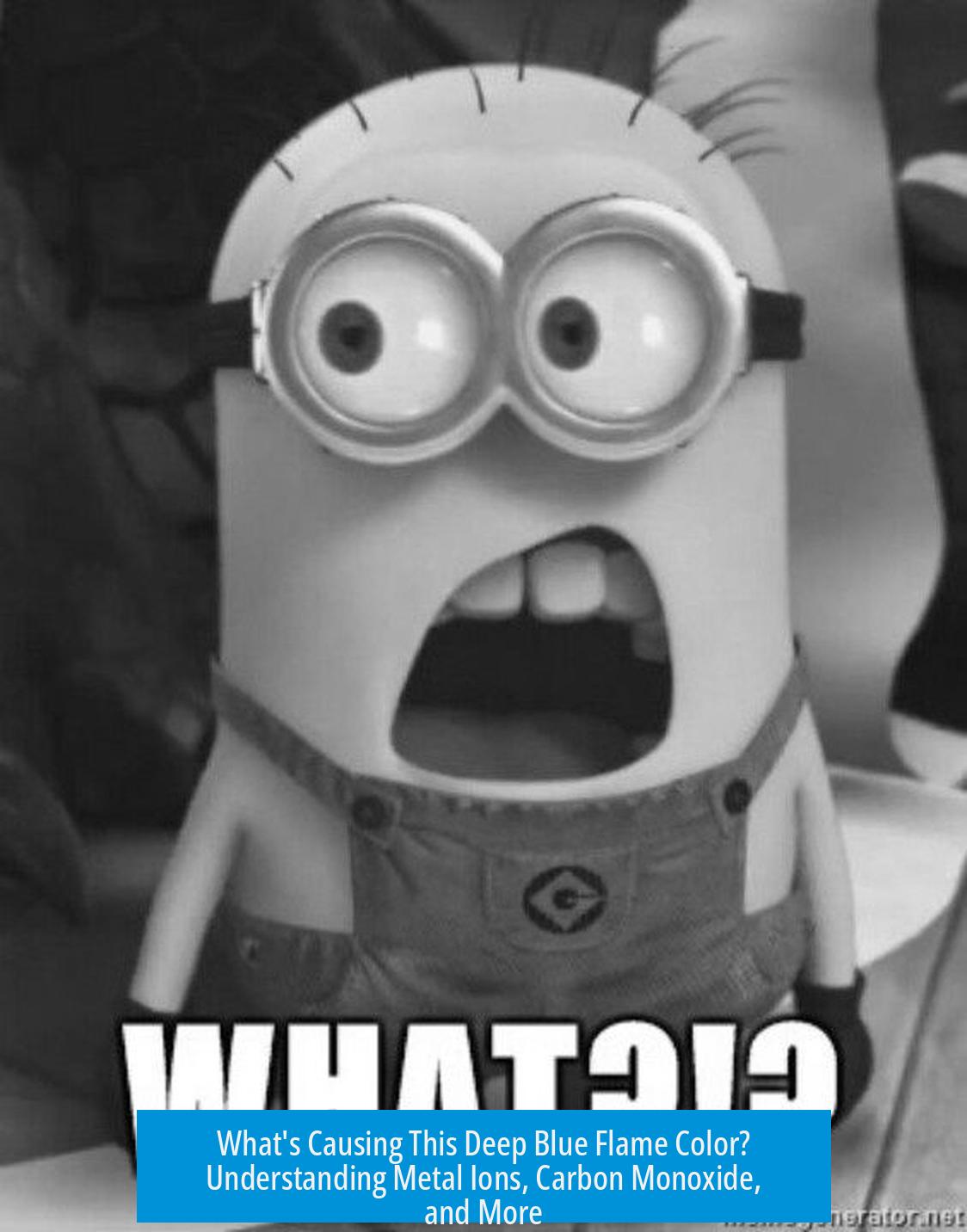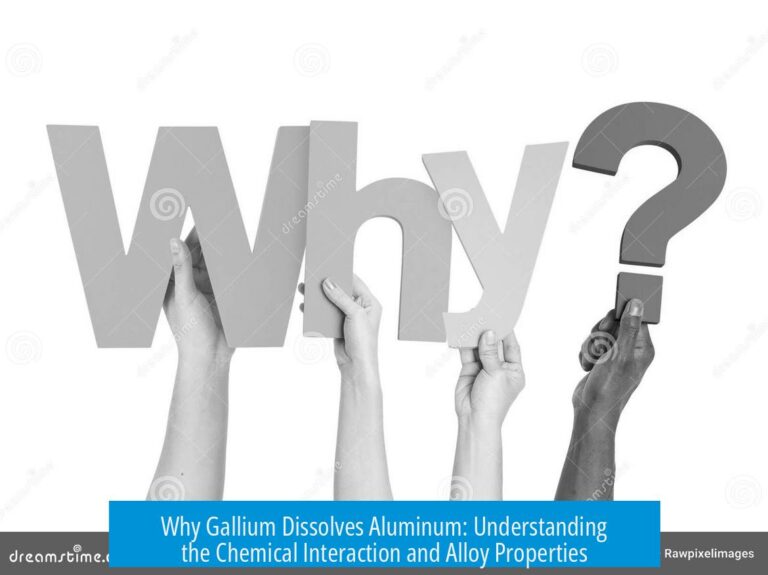What’s Causing This Flame Colour (A Deep Blue)?
The deep blue colour of a flame often arises from the combustion of carbon monoxide (CO) or ionized metals like copper or iron appearing in the flame. Multiple factors, including the chemical composition of materials burning and the presence of specific metal ions, influence this distinctive flame colour.
Metal Ions Influencing Blue Flames
Blue flames can result from metal ions introduced into the flame. Commonly, copper compounds and iron ions influence flame colour:
- Copper: Copper staples or pins in structures can release copper ions, producing blue or green-blue hues when heated.
- Iron: Nails or steel parts usually contain iron. Ionized iron in the +2 oxidation state can cause blue shades in flames.
For example, the steel nozzle of a Bunsen burner may emit a faint blue glow from ionized iron, although this is usually subtle.
Role of Carbon Monoxide in Blue Flames
Carbon monoxide plays a key chemical role in blue flame colours. During incomplete combustion, carbon in charcoal or wood partially oxidizes to CO. This gas burns with a distinct blue flame:
- When air moves over hot charcoal, CO forms.
- The CO combusts, producing the typical blue flicker seen in charcoal fires.
- This effect is more noticeable at night between embers in wood or charcoal fires.
This blue emission resembles the inner blue cone of a Bunsen burner or blowtorch flame. The mechanism involves stages of oxidation, often starting with hydrogen oxidation, then producing CO before full oxidation to CO2.
Influence of Treated Wood
Burning treated wood can produce unusual flame colours, including deep blue. Many pressure-treated woods incorporate copper compounds for preservation:
- Copper in treated lumber can release ions during combustion, altering flame colour.
- Other elements like arsenic may also be present, adding complexity.
- Treated wood often has a greenish tint due to these additives.
Due to toxicity concerns, burning treated wood is unsafe and may pose health hazards.
Other Elements Producing Blue Flames
Apart from copper and iron, elements such as arsenic and lead can generate blue flames in pyrotechnics and combustion:
- Pyrotechnic colorants with copper produce blue flames.
- Arsenic and lead compounds may also emit blue light when heated.
Summary of Key Points
- Deep blue flame colour often arises from burning carbon monoxide produced during incomplete combustion.
- Metal ions like copper (from staples or treated wood) and iron (from nails or steel parts) contribute blue hues.
- Blue flickers appear naturally in charcoal and wood fires due to CO combustion.
- Treated wood with copper compounds can enhance blue flame appearance but is hazardous to burn.
- Other elements such as arsenic and lead may also cause blue flame emissions.
What metals commonly cause a deep blue flame?
Copper compounds and ionized iron can cause blue flames. Copper staples might create blue hues. Iron in oxidation state +2 also emits blue when heated.
Why do charcoal fires show tiny blue flickers?
These blue flickers arise from carbon monoxide burning. As hot charcoal partially oxidizes, CO forms and burns with a blue flame, visible especially at night.
How does carbon monoxide produce a blue flame?
Carbon monoxide burns with a characteristic blue flame. It forms when carbon in fuel partially oxidizes before becoming carbon dioxide, producing the blue glow in flames.
Can treated wood create a deep blue flame?
Treated lumber contains copper compounds or arsenic that can cause blue flames. Burning it is unsafe, so caution is advised with scrap or treated wood.
Do other elements cause blue flames in fires?
Yes, elements like arsenic and lead can produce blue flames. Pyrotechnics use copper and similar compounds for specific blue flame colors.





Leave a Comment